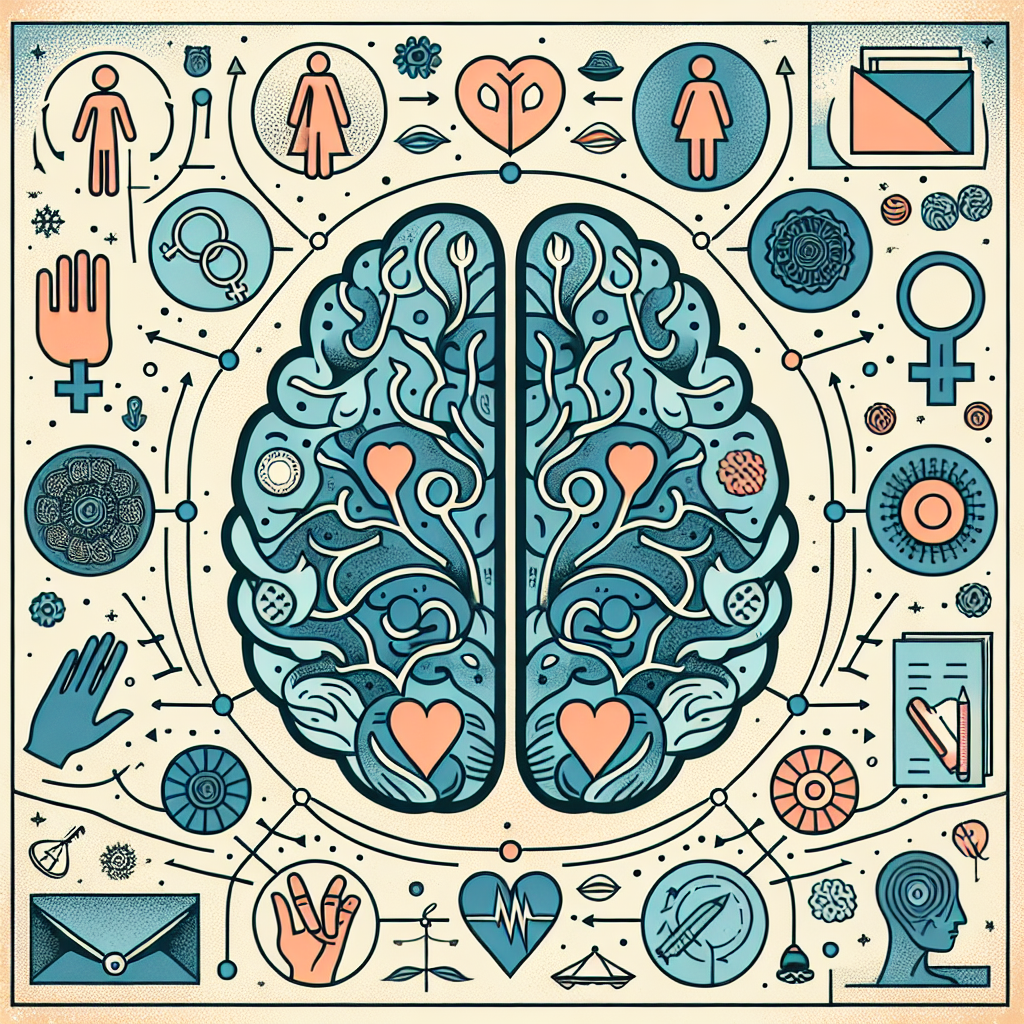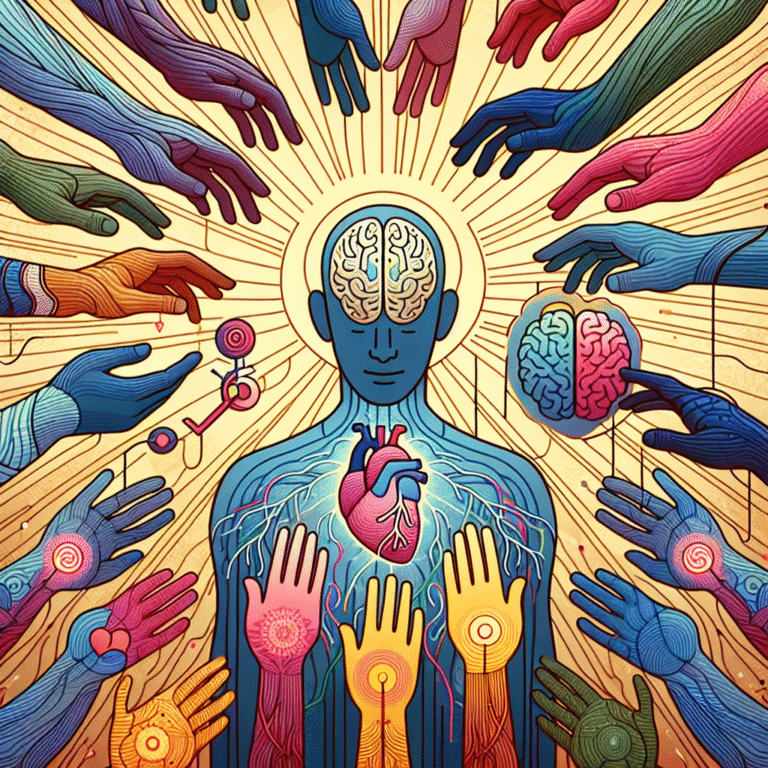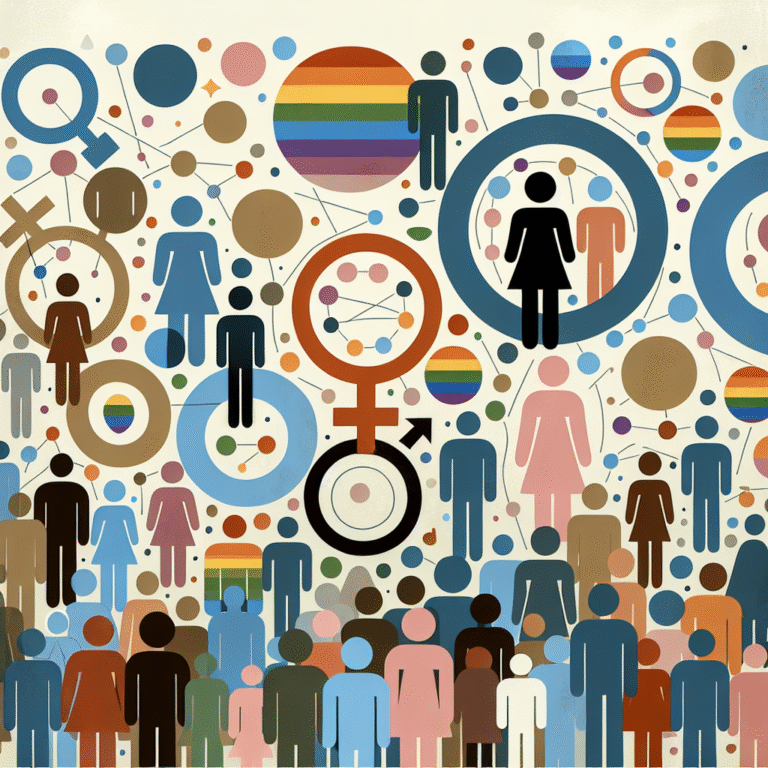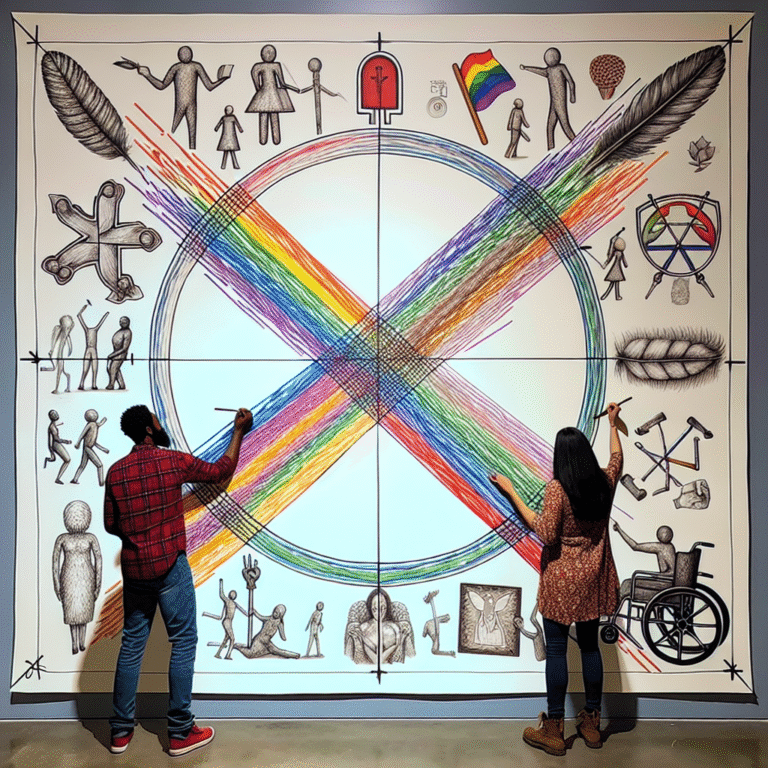
Introduction
In a world increasingly focused on gender equality and awareness, it is essential to understand the underlying psychological processes that shape our perceptions of gender roles. Understanding Gender Schema Theory: How Our Minds Organize Gender Roles provides a framework for grasping how individuals internalize and reproduce societal norms regarding gender. This theory not only highlights the cognitive mechanisms at play but also emphasizes the implications of these mental frameworks on behavior, identity, and relationships. As we delve deeper into this intriguing theory, we shall uncover the biases and learnings that shape our understanding of gender.
What is Gender Schema Theory?
The Basis of Gender Schema Theory
Developed in the 1980s by psychologist Sandra Bem, Gender Schema Theory posits that children develop cognitive frameworks, or ‘schemas,’ to organize information related to gender. These schemas influence how they perceive and interpret the world. By understanding Gender Schema Theory, we can explore why boys and girls often gravitate toward traditionally gendered toys, roles, and behaviors from a young age.
The Formation of Gender Schemas
Gender schemas begin to form early in life, usually around the age of two or three. Children observe the behaviors of those around them—parents, siblings, and media figures—and begin to categorize these behaviors as ‘masculine’ or ‘feminine.’ Over time, these schemas become rigid, guiding their expectations and behaviors in accordance with societal norms.
Cognitive Development and Gender Schemas
As children grow, their cognitive abilities expand, allowing them to challenge and reshape their initial gender schemas. However, external influences, such as peer pressure, family attitudes, and cultural narratives, can either reinforce or challenge these schemas. Understanding Gender Schema Theory: How Our Minds Organize Gender Roles provides insights into these complex dynamics.
Case Studies and Real-World Applications
Case Study 1: Gender Roles in Toys
A renowned study conducted by the University of Sussex explored how toy marketing influences children’s play behavior. Boys were predominantly drawn to action figures and construction sets, while girls leaned towards dolls and kitchen sets. This division exemplifies Understanding Gender Schema Theory in action—the toys not only reflect but also reinforce societal expectations of gender roles.
Analysis
This case study demonstrates how gender schemas are established and solidified from a young age through marketing and societal reinforcement. By understanding these dynamics, parents and educators can engage in practices that encourage children to explore interests beyond traditional gender boundaries.
Case Study 2: The Impact of Media on Gender Perceptions
In a study conducted by the Geena Davis Institute on Gender in Media, it was revealed that children’s television shows still predominantly feature male characters in lead roles. These portrayals affect how young viewers perceive leadership and capability in gender roles.
Analysis
The findings highlight the importance of representation in shaping gender schemas. By depicting women and diverse characters in empowered roles, the media can serve as a transformative force to redefine societal norms surrounding gender.
Case Study 3: Educational Settings and Gender Bias
Research published in the journal Psychological Science in the Public Interest identified that gender biases in school settings can lead to unequal academic encouragement. Teachers, often unconsciously, may praise boys for their achievements in math and science while steering girls towards the humanities.
Analysis
This case reinforces the significance of understanding gender schema theory. Educators must be aware of their biases to cultivate an inclusive environment that allows all students to thrive, regardless of their gender.
Gender Schema Theory and Identity
The Role of Gender Schemas in Identity Formation
Gender schemas significantly influence personal identity. Those who conform to traditional gender roles may experience social validation, while individuals who deviate from these norms may face scrutiny or challenges. Understanding Gender Schema Theory: How Our Minds Organize Gender Roles helps illuminate the pressures individuals face in forming their identities in a gendered society.
Non-binary Perspectives and Gender Fluidity
The rise of non-binary and gender-fluid identities has challenged traditional binary gender schemas, prompting a reevaluation of ingrained beliefs. These identities showcase the fluidity of gender and question rigid societal norms, pushing for broader acceptance and understanding.
The Intersection of Gender and Culture
Cultural factors play a crucial role in shaping gender schemas. Diverse cultural contexts present unique challenges and frameworks for understanding gender. By examining different cultural frameworks, we broaden our comprehension of Understanding Gender Schema Theory and its global implications.
The Psychological Impact of Gender Schemas
Internalization and Mental Health
The internalization of restrictive gender schemas can contribute to issues such as anxiety, depression, and low self-esteem. Individuals who feel that they do not meet societal expectations may struggle with their mental health. Recognizing and addressing these schemas can be vital for personal growth and well-being.
Role of Parents and Guardians
Parents play a pivotal role in shaping gender schemas. Encouraging flexibility and diversity in interests and careers can help dismantle harmful stereotypes. By nurturing an open-minded environment, families can empower children to explore their identities without constraint.
The Importance of Education and Awareness
Education is a powerful tool in challenging and reshaping gender schemas. Workshops, discussions, and inclusive curricula can foster awareness and reduce biases, enabling individuals to think critically about gender roles. Understanding Gender Schema Theory: How Our Minds Organize Gender Roles is essential for anyone seeking to promote equality and acceptance in societal structures.
Moving Towards a More Inclusive Society
Strategies for Challenging Gender Norms
-
Encourage Diverse Play: Provide children with a variety of toys and activities that transcend traditional gender constraints. Allowing boys to play with dolls and girls to explore construction sets fosters creativity and challenges predetermined roles.
-
Promote Equitable Representation in Media: Advocate for diverse and equitable representation in media. Support shows and films that depict a wide array of gender experiences and challenge stereotypes.
- Educate About Gender Fluidity: Schools and community programs should incorporate lessons on gender diversity, providing students with the language and understanding to discuss and respect all gender identities.
Inspiring Change Through Action
Change begins with awareness. Understanding Gender Schema Theory: How Our Minds Organize Gender Roles can empower individuals to challenge societal norms, leading to healthier relationships and communities. Each of us has the potential to influence the way gender is perceived—through conversations, education, and by setting personal examples.
Conclusion
Understanding Gender Schema Theory: How Our Minds Organize Gender Roles highlights the complexity of gender perceptions and the cognitive frameworks that shape our reality. By recognizing the power of gender schemas, we can challenge harmful stereotypes and foster a more inclusive society.
Change is possible, and it starts with each one of us. By advocating for equitable representation, supporting diverse identities, and challenging rigid norms, we can pave the way for a more inclusive future. Together, let us commit to exploring— and shifting— the schemas that define us.
FAQs
1. What is Gender Schema Theory?
Gender Schema Theory explains how children learn to categorize behaviors, attitudes, and roles as masculine or feminine, shaping their understanding and expression of gender.
2. How do gender schemas form in children?
Children begin to form gender schemas around the ages of two or three by observing the behaviors of those around them, including family members, peers, and media characters.
3. What is the impact of gender schemas on identity?
Gender schemas influence how individuals perceive themselves and their roles in society, potentially leading to internal conflicts if they feel they do not fit societal expectations.
4. How can parents challenge gender schemas?
Parents can encourage children to explore a variety of interests, provide diverse toys, and discuss gender roles openly to foster a more expansive understanding of identity.
5. Why is understanding gender schema theory important?
Understanding gender schema theory is crucial for promoting equality, reducing biases, and fostering healthier interpersonal relationships within society.














